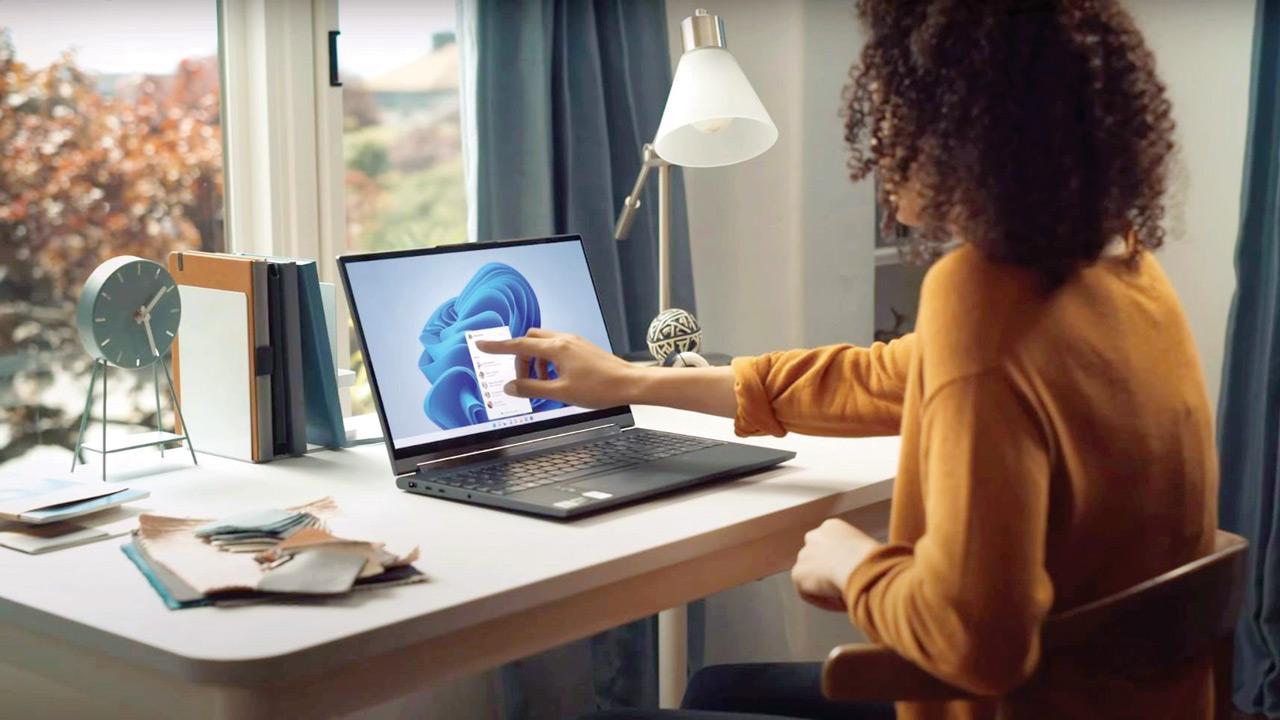Despite claiming that Windows 10 would be the last version ever, Microsoft has announced Windows 11. Here is everything we know about the upcoming OS

Representation pic
Windows is the most popular operating system by far, and Windows 10 has seen a lot of adoption over its six-year run, especially with gamers. It will be hard to beat such an influential OS, and Windows 11 will have to be a significant upgrade to compete.
ADVERTISEMENT
What are its features?
Windows 11 will change a lot of familiar things about Windows, while keeping a lot of things similar. The first most significant one is the death of the Windows bar and the corner Windows logo. This will instead now be centred, much like the dock on Mac OS. For hardcore Windows users like myself, this will require a lot of retraining to fight the muscle memory of guiding the mouse to the left corner of the screen.
The look of Windows has also been revamped to give it a sort of lightly frosted glass look. So, there is a lot of transparency and rounded corners. The wallpapers and themes have also got a makeover making them more dynamic. The OS will also use GPU acceleration to display flawless and smooth animations throughout.
Microsoft has built chat directly into the OS, so you can now collaborate with colleagues or meet with friends directly from your desktop.
Working with a big screen will be especially easy in Windows 11, thanks to a fancy new Snap Layouts option. You can use it by dragging a window to one of the corners to activate.
Not to be left behind by Mac OS, Windows will now be capable of running Android Apps. This means Windows will have access to a huge plethora of applications.
Widgets will also play a big role in the new windows and you can bring up the dedicated widgets pane at any time to quickly check information like your calendar, weather, news or to-do list.
Windows 11 is optimised to work properly with touch and also without it. Windows 8 was a nightmare because of the focus on touch which caused all sorts of problems to users who didn’t use a touch display. While Windows 10 went back to the way things were, there was a little bit of support added for touch screen computers. With Windows 11, Microsoft is attempting to walk a fine line where their OS works well in touch as well as with the keyboard mouse. They have achieved this balance to a significant extent. Moving the start button to the centre, a swipe touch keyboard and swiping gesture to bring up different things have made Windows 11 easier to use in touch mode.
Windows 11 will have an upgraded focus on gaming. It will include Direct X 12 Ultimate, access to direct storage like it does with the Xbox console and of course all the gaming goodies that come with Xbox Game Pass Ultimate.
When is it releasing?
Microsoft has yet to announce a release date for Windows 11. However, if rumours are to be believed we could have the new Windows by October this year. If you still want to try it, there are insider test builds floating around on the Internet. Though I wouldn’t recommend installing these if you are a novice, as they may have significant security flaws or bugs.
How much will it cost to upgrade?
Windows 11 is a free upgrade for Windows 10 users. That means if you have a registered Windows 10 machine and your machine can support Windows 11, you can have it for free.
Will my machine support it?
Windows has a PC checker tool that lets you check if you can upgrade to Windows 11. The sad part is most desktops and a few laptops may be incapable of running Windows 11. The PC checker tool doesn’t tell you why your computer is ineligible. There is a community-built tool called WhyNotWin11 from Github that can check and tell you what you need to get to make your computer eligible for the Windows 11 upgrade.
Most computers are not eligible because of the compulsory requirement of the TPM 2.0 (Trusted Platform Module) chip. The TPM chip is designed to keep your computer safe by preventing attacks on the boot process and the hardware of the computer. Most laptops post-2017 should have the TPM 2.0 chip pre-installed but it isn’t all that common with desktop computers. Even some modern desktop computers don’t come with TPM built in. That said, most motherboards have an empty slot where a TPM 2.0 module could be installed. Since this tech was mostly used at the enterprise level, few chips make it to the consumer market and have either disappeared or have seen a significant rise in the asking price. If you aren’t in a hurry, most component manufacturers have already ordered for stocks scheduled to reach before Windows 11 makes an appearance.
Is it worth upgrading?
Windows 11 will have significant security upgrades along with its fresh look and design. This may impact the way you work, and if your computer is eligible to upgrade, you should go for it. Though I would say wait for a month or two before taking the plunge in case all the bugs are not ironed out. Most users, especially gamers, will have to wait to add a TPM chip to their existing motherboard to even install the upgrade, which may impact the adoption of Windows 11.
 Subscribe today by clicking the link and stay updated with the latest news!" Click here!
Subscribe today by clicking the link and stay updated with the latest news!" Click here!






